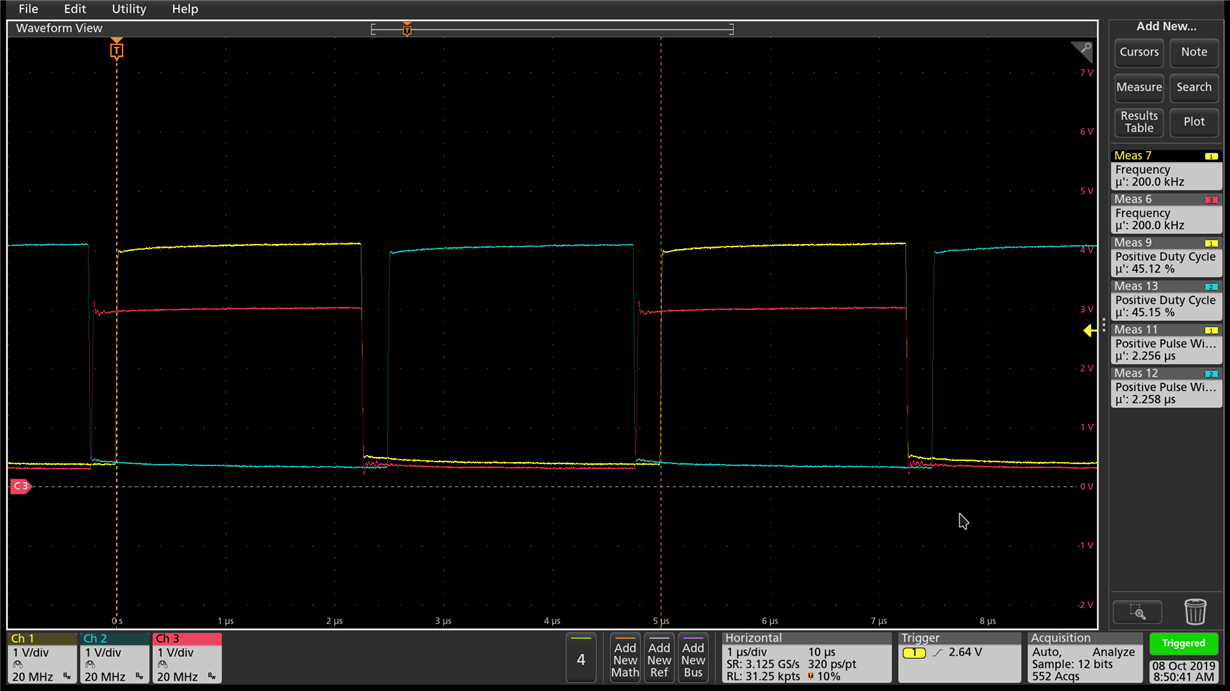We are trying to figure out how to enable synchronization with an external clock signal on our UCD3138HSFBEVM-029 (Hard Switching Full Bridge Evaluation Module). There is a test point labeled SYNC which is connected to pin 8, ADC_EXT on the UCD3138. We are searched through the EVM user guide, ucd3138 datasheet, technical reference manual, and practical design guide, and were not able to find any information regarding the setup of an external sync clock. Can this be done with the UCD3138? If so what, if anything, needs to be reconfigured on the EVM to accept a sync input?





